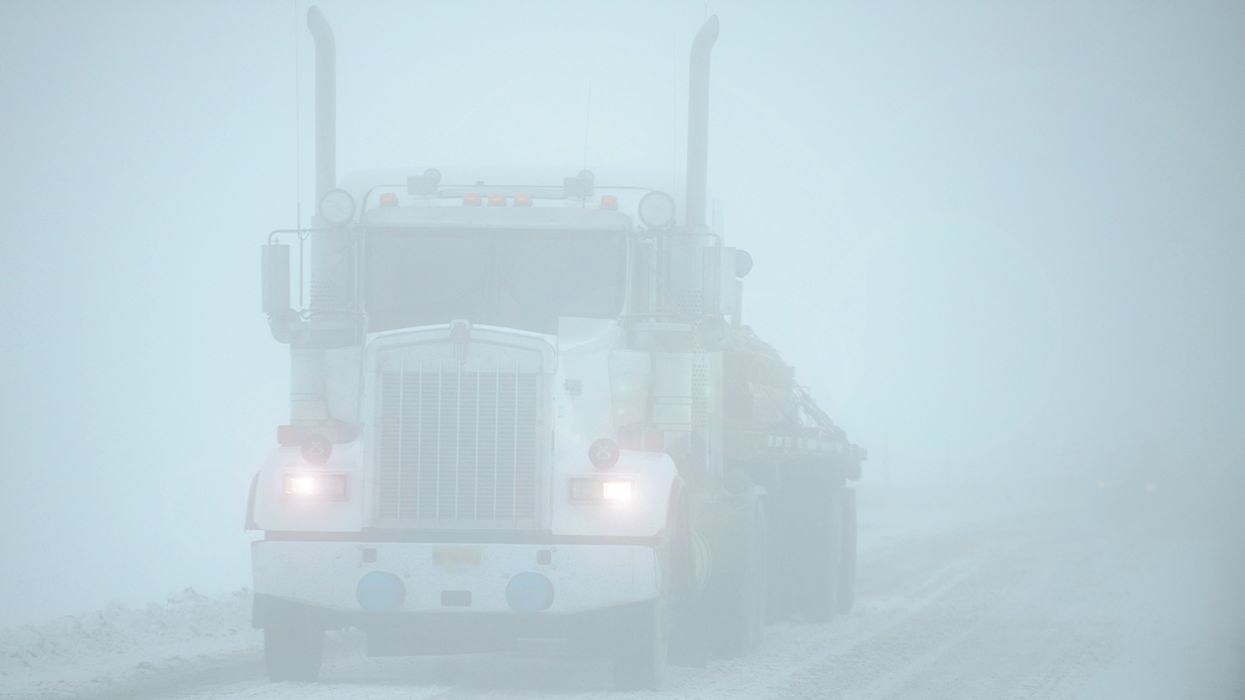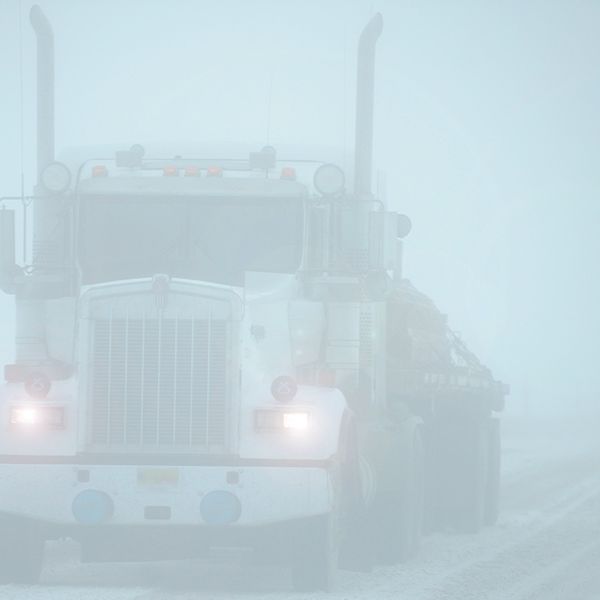Making good use of the ‘bad weather’ exception
At this time of year, bad weather or an ice-covered road can be as close as the next bend. When these unexpected conditions arise, they can result in lengthy, expensive delays, sometimes forcing drivers to reach their hours-of-service limits sooner than expected. Fortunately, the federal hours-of-service rules contain an exception that allows drivers to stay on the road a little longer in these situations, to complete their runs or find a safe place to park.
It’s important for dispatchers and drivers to know exactly how and when they can use this exception, though, because bad weather is definitely NOT an excuse to drive as much as you want.
Both limits are extended
The exception allows truck and bus drivers to exceed the normal driving and on-duty limits by up to two additional hours to complete their run. When using this exception:
- Truck drivers may drive for up to 13 hours within a 16-consecutive-hour period, and
- Bus drivers may drive for up to 12 hours within their first 17 hours on duty.
Even when the exception applies, drivers do not receive an automatic two-hour extension. The idea is that drivers can gain back the time they lost to the delay, up to two hours. If conditions are so bad that continued driving is unsafe, drivers are expected to stop driving as soon as they can find a safe parking area, even if they still have hours available.
Was it really unforeseen?
The exception can be used only when there are unforeseen “adverse driving conditions.” For example, if the driver or the person dispatching the run knows — before the run begins — that the driver will be heading through a major snowstorm, the exception cannot be used. Refer to this important definition:
“Adverse driving conditions means snow, ice, sleet, fog, or other adverse weather conditions or unusual road or traffic conditions that were not known, or could not reasonably be known, to a driver immediately prior to beginning the duty day or immediately before beginning driving after a qualifying rest break or sleeper berth period, or to a motor carrier immediately prior to dispatching the driver.”
Based on this definition:
- The exception cannot be used to overcome normal, expected delays, such as rush-hour traffic around a major city or delays caused by loading and unloading.
- “Unusual traffic conditions” may include anything that unexpectedly causes a backup in traffic, such as a vehicle crash.
- You don’t need to go to extraordinary lengths to figure out if a driver might encounter adverse conditions on a given trip, you just need to make a “reasonable” attempt. For example, checking road conditions via navigation software and/or state DOT websites, and checking a weather app or online forecast, would be reasonable ways to learn of potential delays.
If a driver does encounter unforeseen “adverse driving conditions” and is unable to complete the run within the normal hours-of-service limits, the two-hour extension can be used to reach the end of the run or to find a safe place to park.
The “adverse driving conditions” exception can be found in 49 CFR 395.1(b).
Key to remember: Winter weather often brings adverse driving conditions, which means your drivers may become eligible for an exception from the normal hours-of-service limits. Make sure you know how to apply the exception properly.

















































